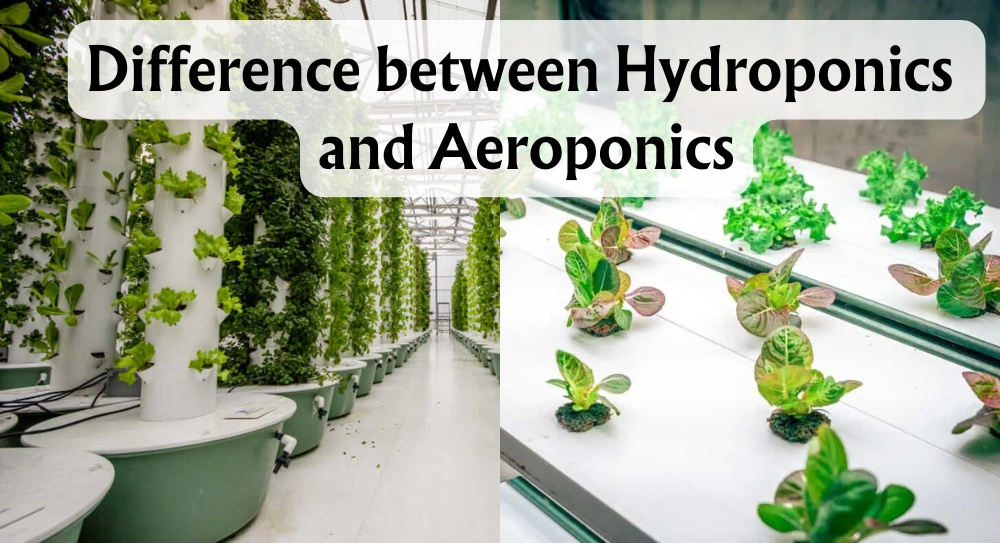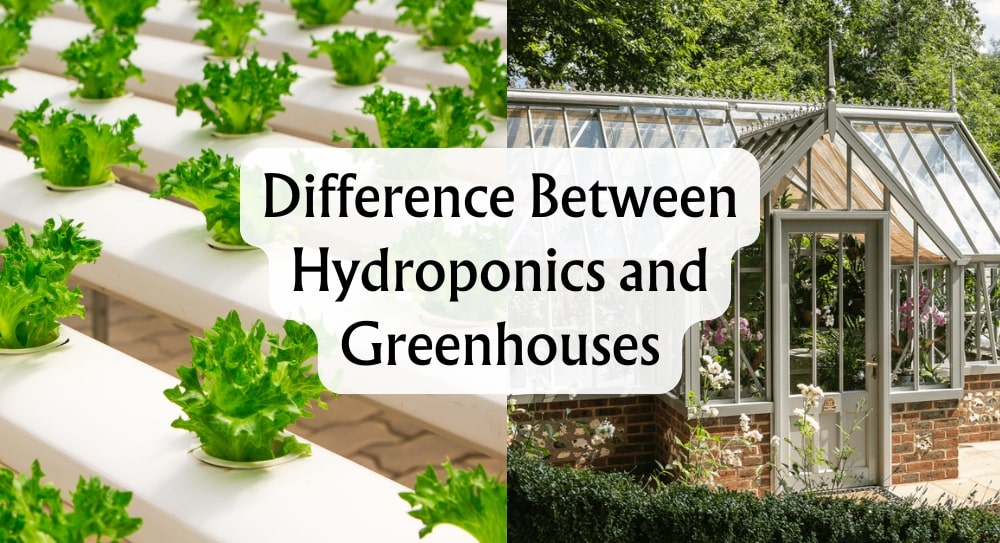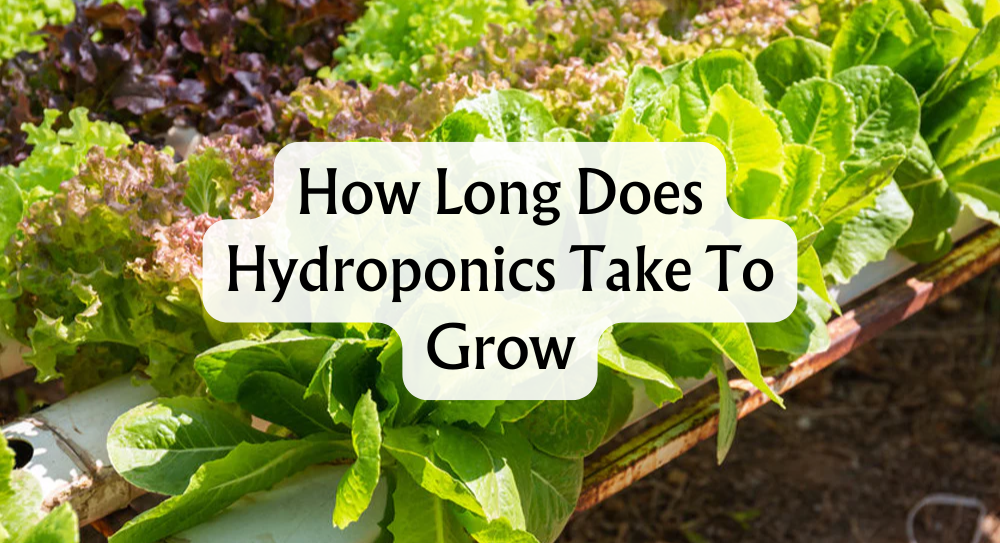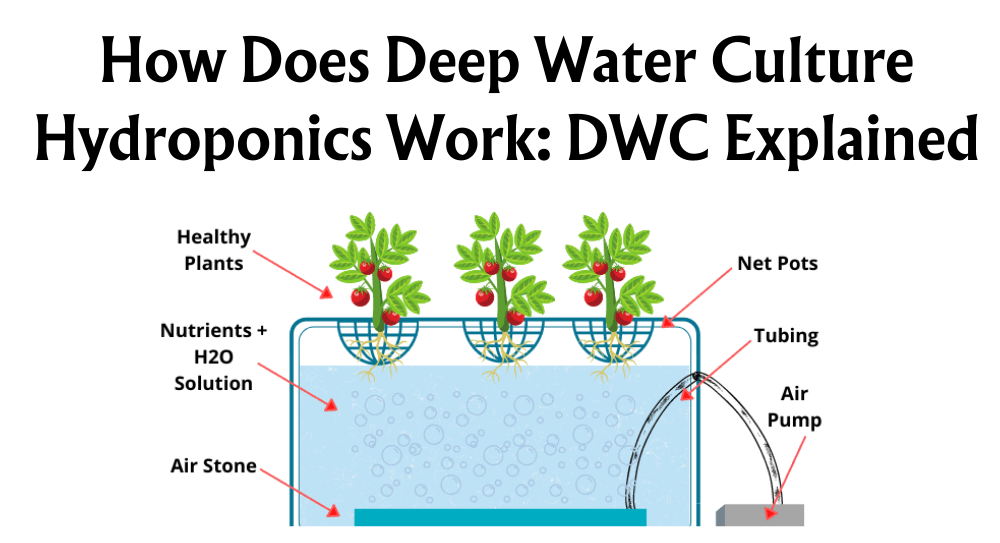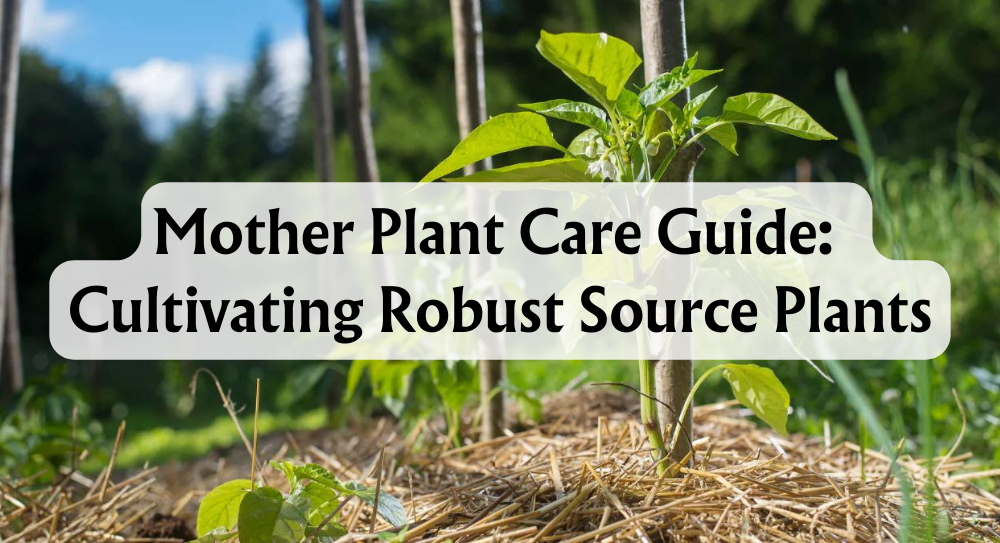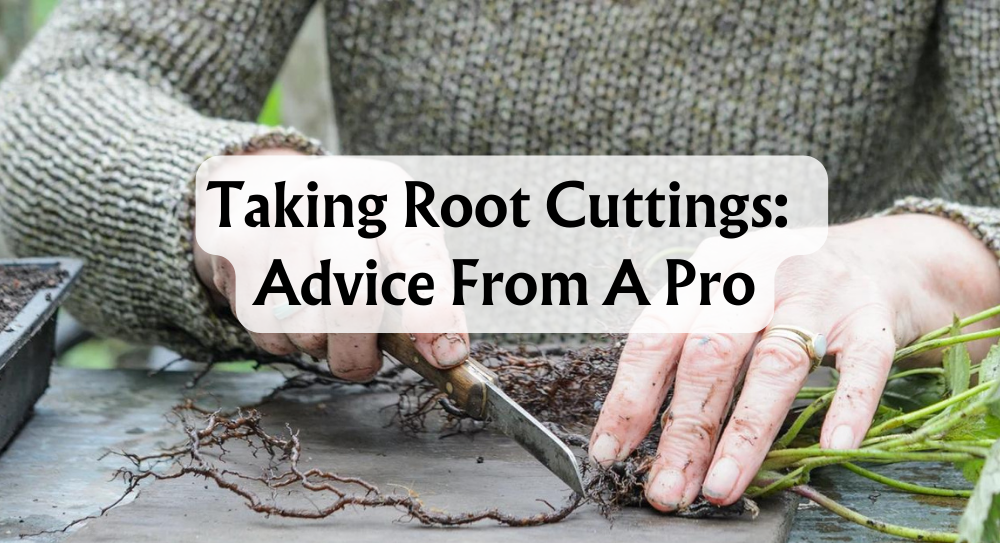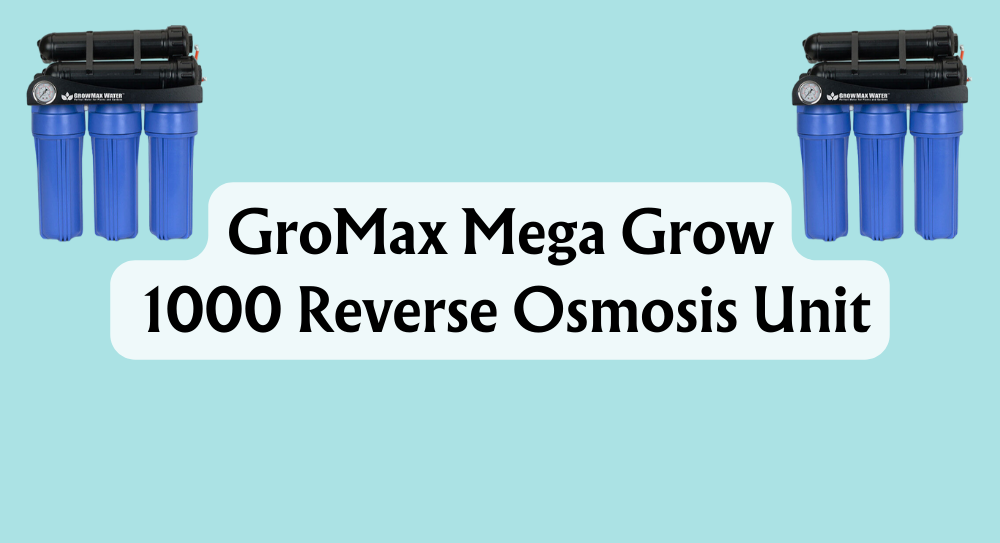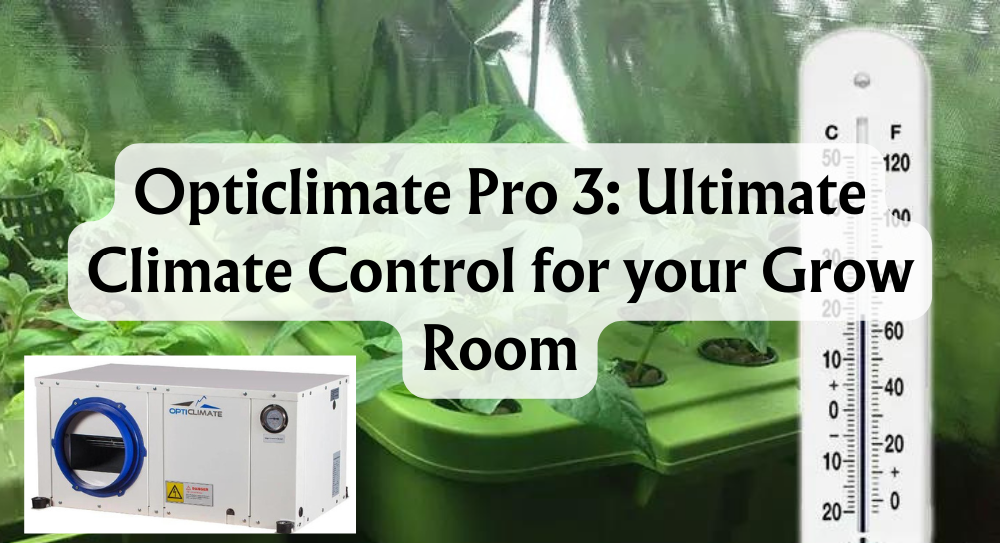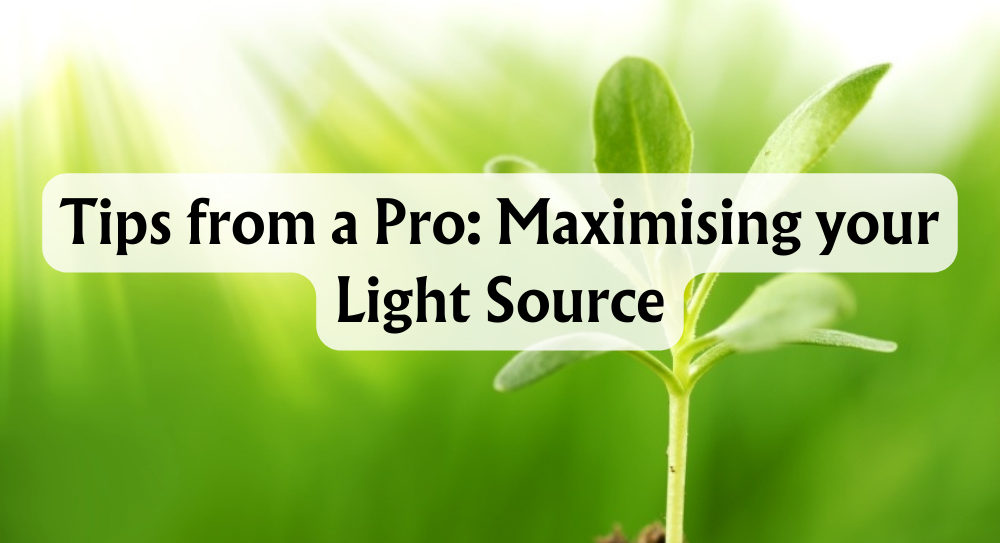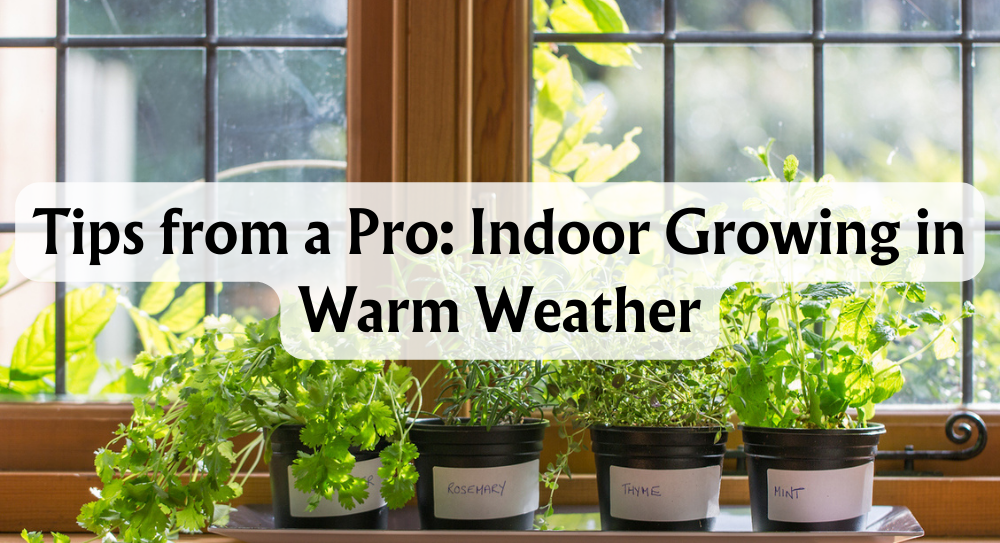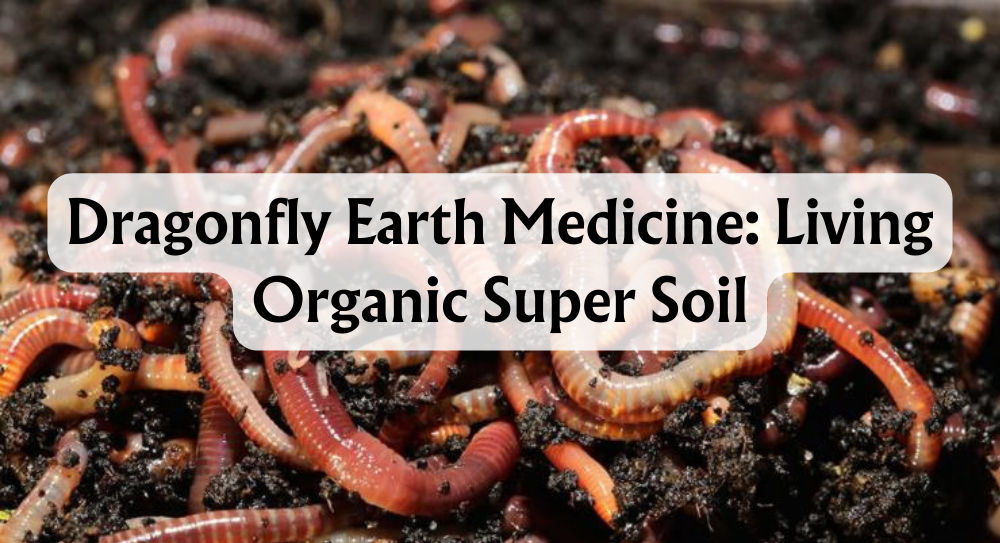Difference Between Hydroponics and Aeroponics
Exploring innovative growing techniques can be quite fascinating, especially when it comes to soil-free methods like hydroponics and aeroponics. In Hydroponics plants are grown in nutrient-rich water, eliminating the need for soil. While for aeroponics, roots are suspended in air, misting them with nutrients. These modern gardening methods have gained traction among gardeners and commercial growers alike due to their efficiency and potential for high yields.
Both methods offer unique advantages and have distinct ideal use cases. Our goal is to guide you through these differences, highlighting when and why one might be more beneficial than the other. Join us as we delve into the intricacies of each method, ensuring you have the insights needed to choose which system best suits your growing ambitions.
Key Takeaways
- Hydroponics uses water-based nutrient solutions for plant growth.
- Aeroponics relies on misting suspended roots with nutrients.
- Choosing the right method depends on resource availability and specific growing goals.
What Is Hydroponics?
Hydroponics is a method of growing plants without soil. Instead, we use a water and nutrient solution to deliver essential minerals directly to the roots of the plants. This method of growing allows for precise control over nutrient intake, resulting in faster plant growth compared to traditional soil cultivation.
Types of Hydroponic Systems
- NFT (Nutrient Film Technique): This system involves a thin film of nutrient solution flowing over the roots, ensuring constant nutrient delivery.
- DWC (Deep Water Culture): Here, plant roots are submerged in a nutrient solution, providing continuous access to nutrients and oxygen.
- Ebb and Flow: Also known as flood and drain, this system periodically floods the plant roots with nutrient solution and then drains it away.
- Wick System: The simplest form, where a wick draws nutrient solution to the roots, eliminating the need for pumps.
Common Uses for Hydroponics
We often see hydroponic growing used for growing leafy greens and herbs, benefiting from their quick growth cycles. Additionally, this method is popular in commercial vegetable production due to higher yields and efficient use of space.
What Is Aeroponics?
Aeroponics is an innovative plant-growing system where the roots of plants are suspended in the air and misted with nutrient-rich solutions. This mist-based approach eliminates the need for soil or a traditional growing medium, enabling the roots to receive ample oxygen. The absence of a growing medium also reduces potential threats from soil-borne diseases.
In an aeroponic setup, mist nozzles spray nutrients directly into the exposed roots. This system creates an oxygen-rich environment, facilitating efficient nutrient uptake. This method is highly efficient, allowing plants to absorb essential nutrients rapidly while promoting healthier and faster growth out of an average growing system.
Common uses for aeroponics include:
- Growing delicate herbs like basil and mint
- Cultivating high-value crops such as exotic fruits
- Utilising the system for urban farming due to its space-saving benefits
- Research applications owing to ease of monitoring and control
This approach not only helps in growing unique crops but also fosters an eco-friendly farming technique, reducing water consumption significantly. Aeroponics systems are seen as a sustainable alternative to traditional and hydroponic techniques, given their eco-friendly nature and high efficiency.
Differences Between Hydroponics And Aeroponics

We're diving into the key differences between hydroponics and aeroponics, focusing on growth rates, yields, water usage, and costs. These systems differ in how they deliver resources to plants and manage growing environments.
Growth Rates
When comparing growth rates, aeroponic systems often have the edge over hydroponics. This advantage comes from better oxygen availability to plant roots, which boosts metabolic processes. In these systems, plants like lettuce often mature faster, achieving full growth a few days ahead of those in hydroponics.
Several factors influence growth in these environments. Oxygen levels, nutrient delivery, and environmental control all play vital roles. Aeroponics provides roots with an oxygen-rich environment, enhancing growth. Maintaining optimal temperatures and humidity is crucial for both systems to achieve ideal growth conditions.
Yields
As for yields, both hydroponics and aeroponics offer impressive outputs, but results can vary based on crop type and system setup. Aeroponics can outshine in producing more per plant in some cases due to efficient nutrient delivery.
To maximise yields, we should focus on precise light management and tailored nutrient solutions. Monitoring environmental factors such as temperature helps us optimise plant potential. An indoor farm study showed that basil plants grown aeroponically yielded more than those in hydroponic systems, demonstrating the efficiency of aeroponics.
Water Usage
Water efficiency is a critical point where these systems diverge. Aeroponics uses significantly less water than hydroponics, as the nutrient mist targets the root zone directly, minimising waste. Nevertheless, hydroponic systems still use less water than traditional soil-based gardening.
The environmental and cost benefits of reduced water use are notable. Houses using aeroponics can see savings on water bills, making it an eco-friendly choice. In an example study, aeroponics showed a notable decrease in water usage compared to hydroponics, highlighting its resource efficiency.
Costs
When it comes to costs, aeroponics may have higher initial setup expenses due to the sophisticated equipment required for misting systems. Hydroponics, on the other hand, can be less costly initially but might incur ongoing costs from frequent nutrient solution replacements.
Long-term cost considerations reveal that although aeroponics might demand more upfront, maintenance and resource inputs can balance the scales over time. By comparing the setup costs of home units, it's evident aeroponic setups are pricier initially, but hydroponics can accumulate costs in nutrient purchases.
Aeroponics vs Hydroponics: Which Is Better?

When deciding between hydroponics and aeroponics, the better option often depends on what you're aiming to achieve, where you're growing your plants, and the resources available. Each method has unique advantages and drawbacks that cater to different needs. Consider all before deciding which system is better for you.
Advantages of Aeroponics
Aeroponics uses water very efficiently, promoting faster growth due to enhanced oxygen exposure. It's ideal for those working in smaller spaces as the system doesn't require large reservoirs.
High-value crops, such as medicinal herbs, basil, or strawberries, tend to thrive. We've observed urban rooftop farms achieving impressive yields with aeroponics, particularly with speciality greens. This approach is beneficial for growers focusing on premium quality produce.
Disadvantages of Aeroponics
Aeroponic growing requires higher initial investment and more maintenance because of the specialised equipment, like misting systems. There's also vulnerability to power outages or pump failures, as roots quickly dry out if misting stops.
In smaller systems, we've had instances needing quick action during a pump failure. This reliance on technology makes aeroponics less forgiving than hydroponics, requiring a contingency plan to mitigate such risks.
Advantages of Hydroponics
Hydroponics systems are generally simpler to set up, making them perfect for beginners. With a variety of systems like nutrient film technique (NFT) or deep water culture (DWC), there's flexibility in approach.
Among the benefits of hydroponics is they're cost-effective, for a variety of plants. We've seen successful yields, like using a humble NFT system in a home setup. Hydroponics provides steady growth and is more accessible for hobby growers or those with budget constraints.
Disadvantages of Hydroponics
Despite its benefits, hydroponics is less efficient in water usage than aeroponics. Troubleshooting root issues can also be challenging when continuously exposed to water.
There's a risk of root diseases like root rot. We've encountered a case where addressing root rot in a DWC setup required significant time and expertise. This method demands vigilance in monitoring water quality and the health of plant roots to avoid potential pitfalls.
Environmental Impact
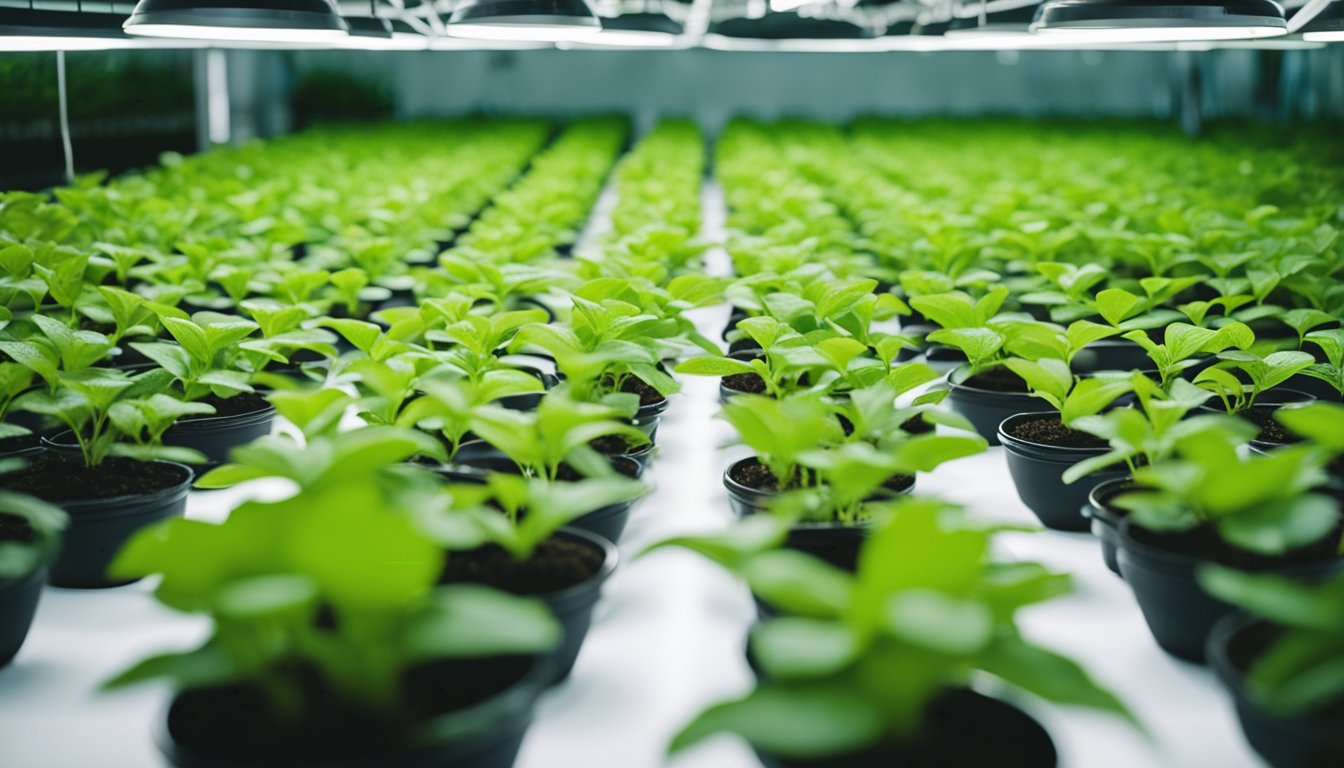
When considering the environmental impact of hydroponics and aeroponics, both methods provide significant benefits compared to traditional soil farming. Key advantages include reduced water usage and a smaller agricultural footprint. This helps to minimise soil depletion and chemical runoff, making them eco-friendly options for growing plants.
In particular, aeroponics allows extremely low water usage. As plant roots are suspended in the air, nutrients are delivered with a mist. The precision of this method means less water is wasted and enables plants to receive exactly what they need. Additionally, it generates less overall waste compared to other methods.
Hydroponic gardening, while still water-efficient, requires more water than aeroponics. The plant roots must be submerged in water for their nutrient-rich solution. The system is designed to recycle much of this water, limiting waste, but any nutrient solution not recirculated can contribute to environmental waste if not properly managed.
Overall, these methods offer a promising alternative for sustainable agriculture, reducing the need for large farming areas and minimising the environmental footprint. As a result, both hydroponics and aeroponics continue to advance our capabilities in food production whilst being mindful of natural resource conservation.
Conclusion
In examining hydroponics and aeroponics, we've identified the distinct strengths and methods these systems offer. Hydroponics uses a nutrient-rich solution to sustain plants, often roots are submerged in water or exposed to a flowing solution. This method facilitates efficient nutrient uptake, potentially leading to robust plant growth.
Aeroponics, on the other hand, employs a fine mist to deliver nutrients directly to plants' roots. The increased access to oxygen can enhance growth rates and nutrient absorption. This system can use less water compared to hydroponics.
Before choosing a system, consider your primary goals. Are you looking to maximise yield or save on space? Possibly, water efficiency is your top priority. Different needs might make one system more appealing than the other.
We encourage growers to experiment with both systems to find the best fit. Each offers unique benefits and might suit different growing conditions or plant types.







 Store Locator
Store Locator
